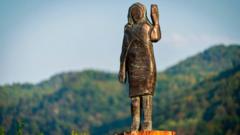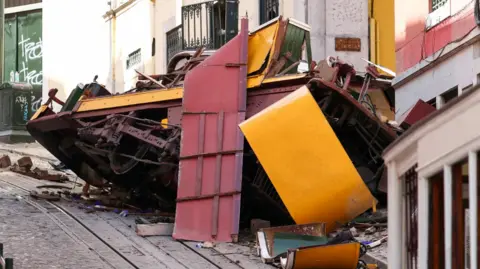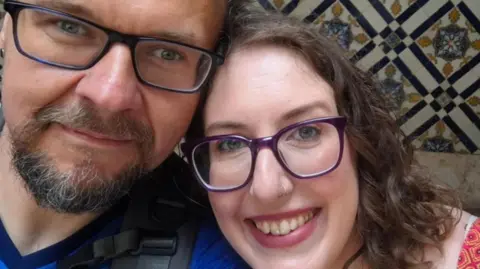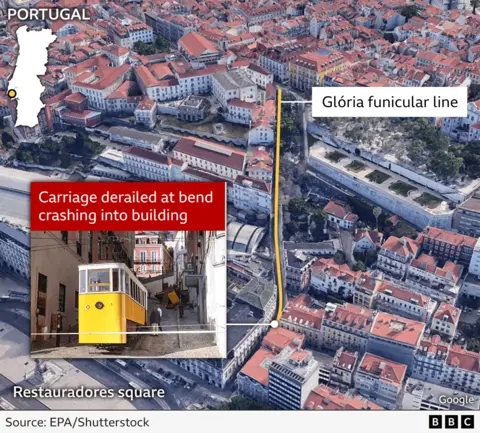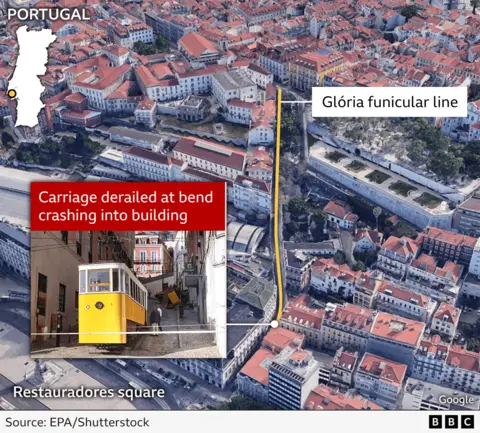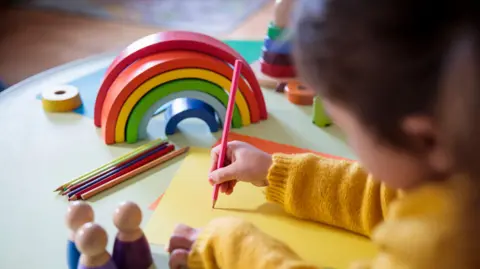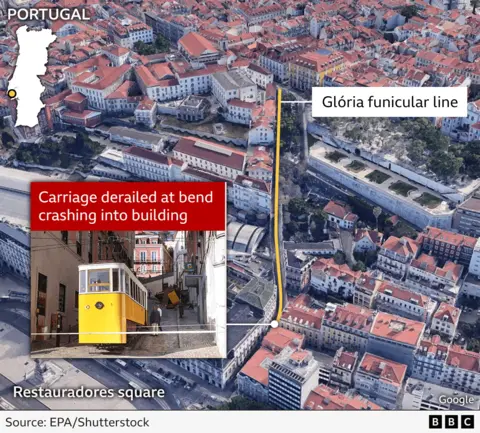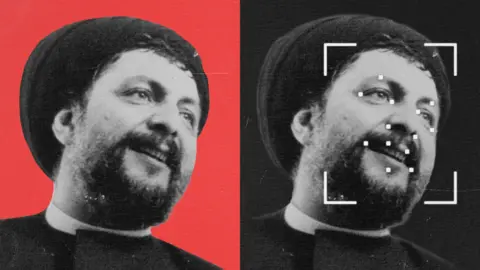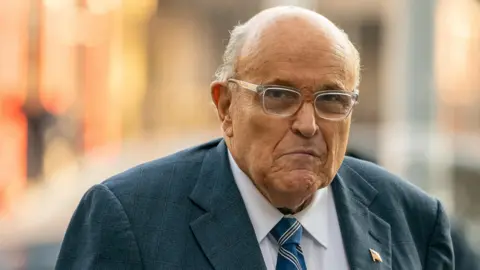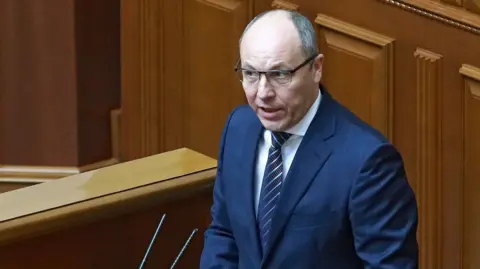The bronze sculpture of Melania Trump, created by U.S. artist Brad Downey, was unveiled in Sevnica, Slovenia, in September 2020, a significant gesture given the First Lady's connections to her hometown. The statue, standing near the River Sava, was a centerpiece after its first, wooden iteration was destroyed in 2019. The recent incident, where only the feet of the statue remain alongside the tree stump, has led local police to investigate it as a theft.
Metal statues, especially of contemporary figures, often find themselves at the center of cultural discussions and local pride, as demonstrated by the mixed reactions to this artwork. Downey, who had hoped to create a more durable tribute following the fire incident of the first statue, expressed disappointment and speculated that the removal could be linked to broader political sentiments as Trump garners attention for a potential re-election bid.
Local authorities in Sevnica have shown a divided stance; while they condemn actions that damage public property, they also noted that pride in the First Lady's image is not widely felt. The duality of the statue's existence—originally serving as a connection to the local community and now a point of contention—highlights the complexities surrounding political art and local identity.
As the investigation unfolds, the fate of the statue continues to engage both art enthusiasts and political commentators, showcasing how art can evoke strong responses, positive or negative, reflecting society's ongoing struggle with political figures. The disappearance serves as a reminder that art, particularly when it intersects with politics, can be both celebrated and contested.
Metal statues, especially of contemporary figures, often find themselves at the center of cultural discussions and local pride, as demonstrated by the mixed reactions to this artwork. Downey, who had hoped to create a more durable tribute following the fire incident of the first statue, expressed disappointment and speculated that the removal could be linked to broader political sentiments as Trump garners attention for a potential re-election bid.
Local authorities in Sevnica have shown a divided stance; while they condemn actions that damage public property, they also noted that pride in the First Lady's image is not widely felt. The duality of the statue's existence—originally serving as a connection to the local community and now a point of contention—highlights the complexities surrounding political art and local identity.
As the investigation unfolds, the fate of the statue continues to engage both art enthusiasts and political commentators, showcasing how art can evoke strong responses, positive or negative, reflecting society's ongoing struggle with political figures. The disappearance serves as a reminder that art, particularly when it intersects with politics, can be both celebrated and contested.

